In fact, it can refer to any region far from the Korean capital of Seoul, and any agricultural or fishing village falls into the “sigol" category, too.
Such sigolvillages are small in population, usually amounting to fewer than 1,000 or so souls. You would not have many difficulties living here, however, as there are basic facilities in place, including a township office, police kiosks and public health centers. A post office, banks, gas stations and convenience stores are easily accessible. Welfare facilities for the community, too, like a center for the elderly, and a gymnasium can also be generally found in such towns.
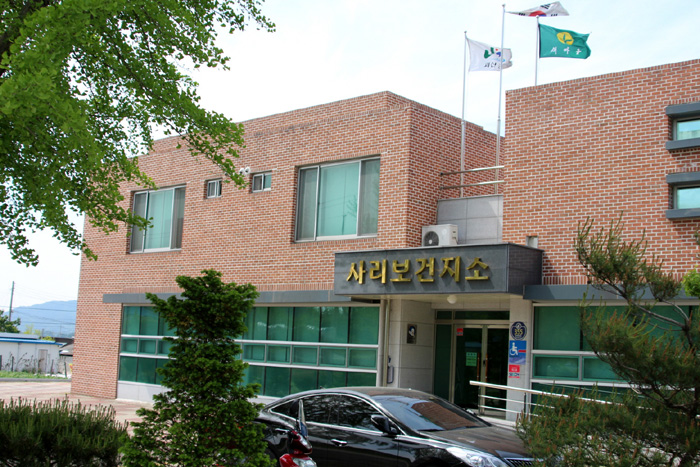
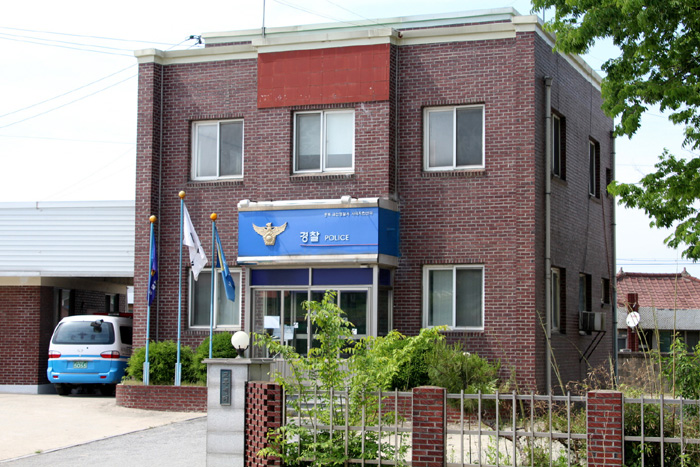
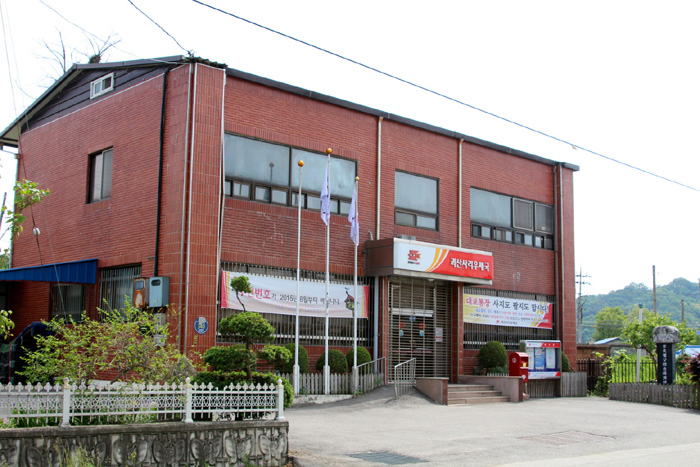
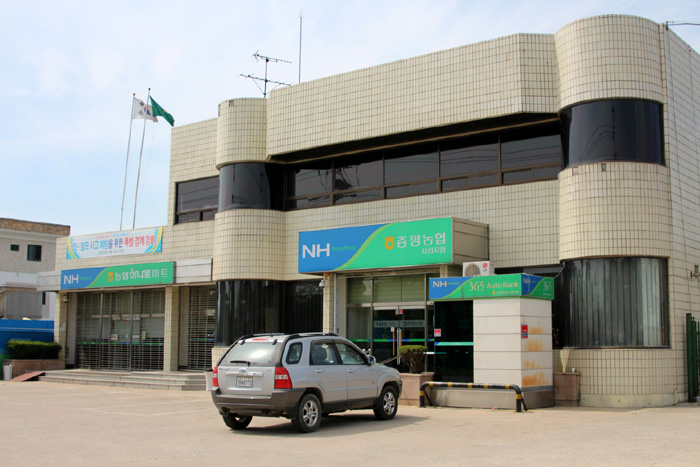
Typical sigol villages house basic amenities, such as healthcare clinics, police kiosks, post offices and banks.
Mere decades ago, in the 1960s and 1970s, during the period of transition from agriculture to industry, sigol villages used to be far more isolated from urban centers, as infrastructure was far behind today's standards. Thanks to the nation’s successful development policies and its focus on developing indigenous technologies, however, the country has now been transformed over the years into a place where people can enjoy a comfortable life. There are, however, still some points that remain to be desired in modern society: rapid aging and a low birthrate will lead to a decrease in population.
Residents of urban areas all have family members, relatives or friends who still live in the sigol villages. This link reminds urban residents of the memories they have of their sigol countryside villages, perhaps where they were born or grew up. For them, the concept of "sigol" will always remain an object of longing.
By Wi Tack-whan, Sohn JiAe
Korea.net Staff Writers
whan23@korea.kr
All photos were taken by Wi Tack-whan in Sari-myeon, Goesan-gun County, Chungcheongbuk-do (North Chungcheong Province).
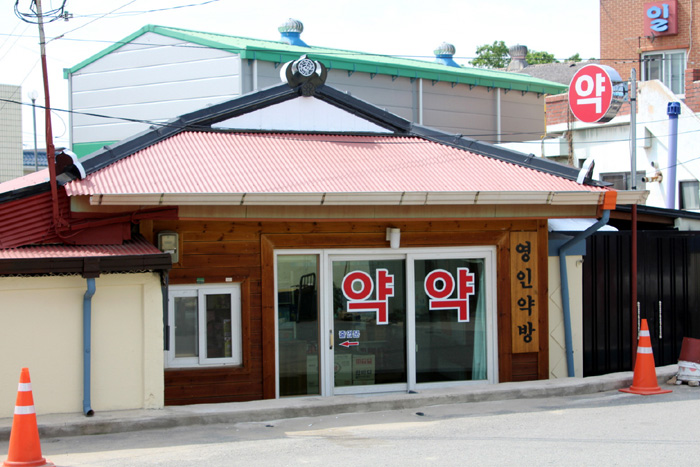
Some smaller villages have drugstores that sell only over-the-counter medicines, not prescription drugs.
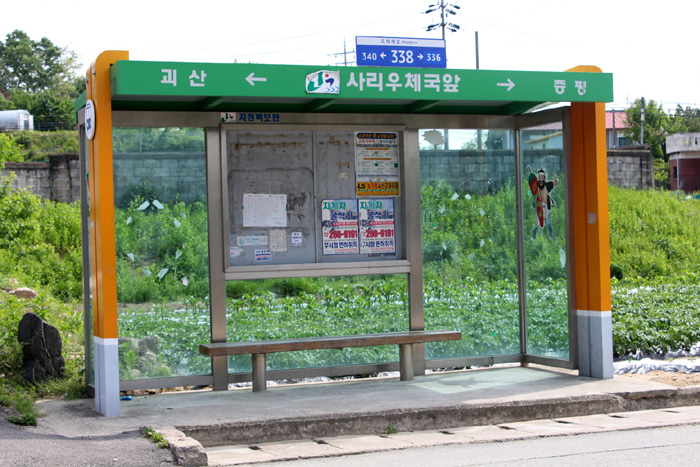
Rural bus stations allow people in remote villages to travel to neighboring cities.
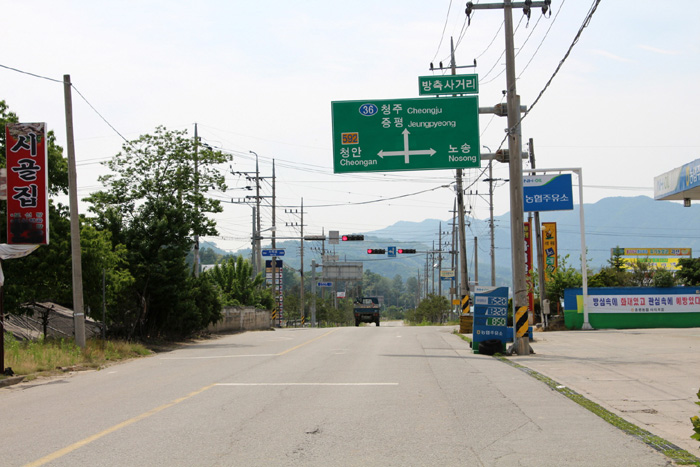
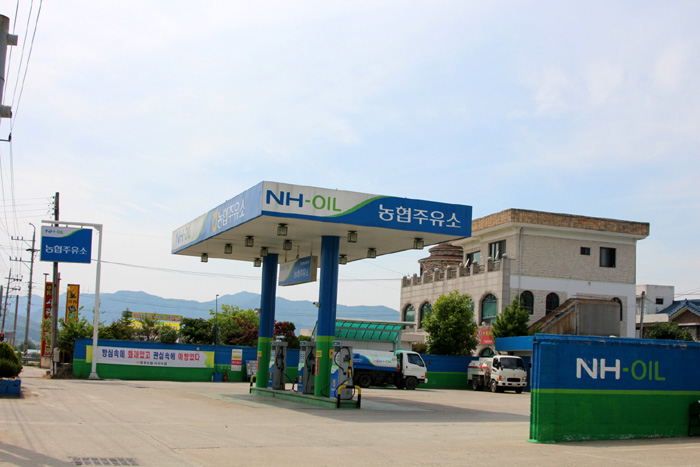
There is not much traffic on roads in smaller towns (top). It is said that almost 100 percent of the roads across the country are paved. Gas stations can be readily found just about anywhere.
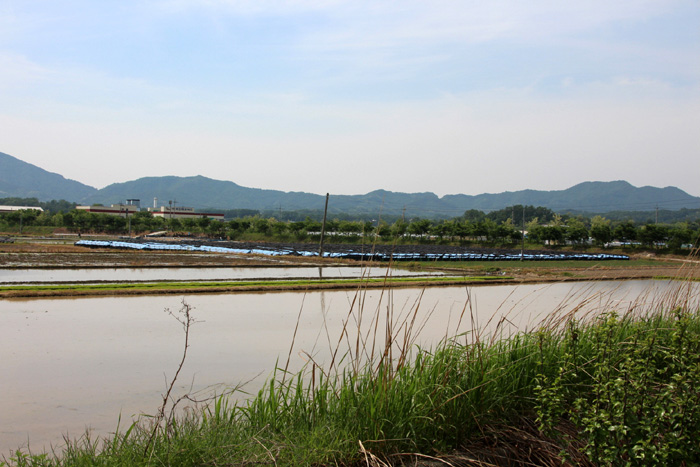
A rice paddy is irrigated prior to planting season.
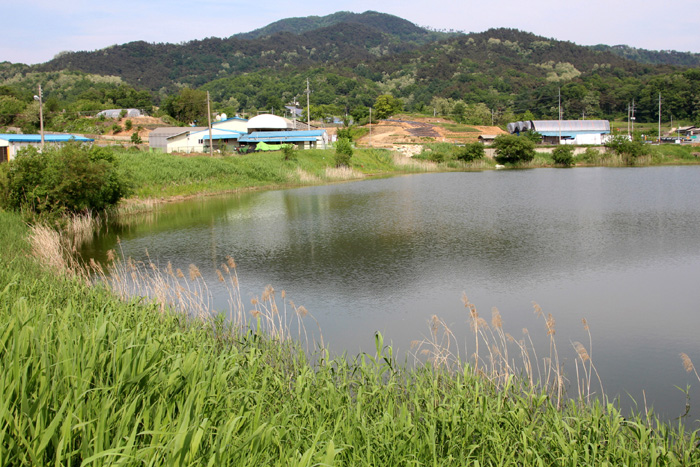
A reservoir serves as a water supply for irrigation.
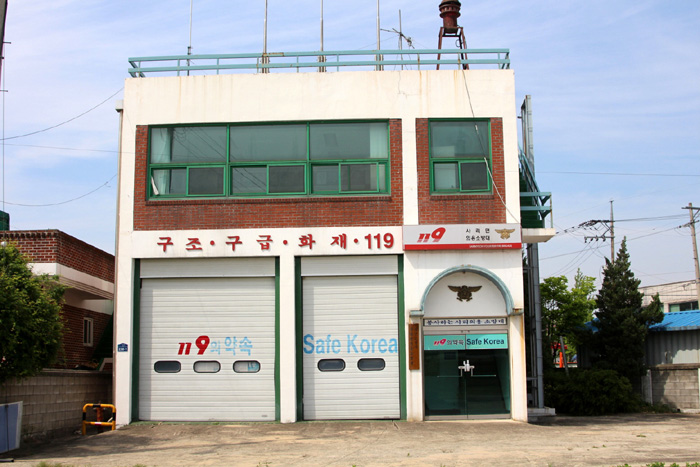
Fire stations in smaller villages are run by local volunteers. Firefighters stay alert to fires or emergencies that may occur anywhere in the district.
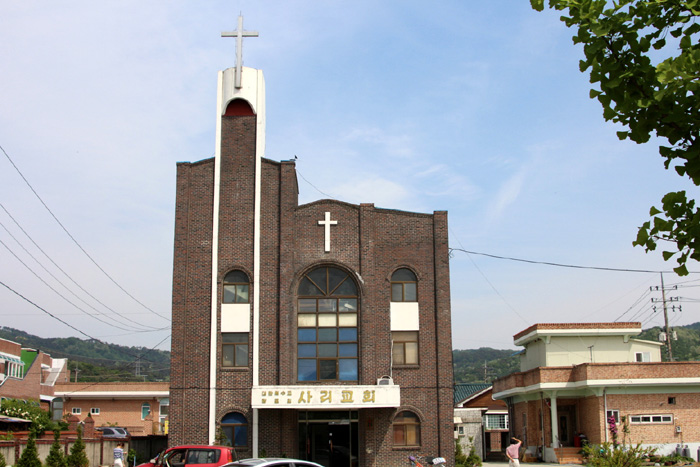
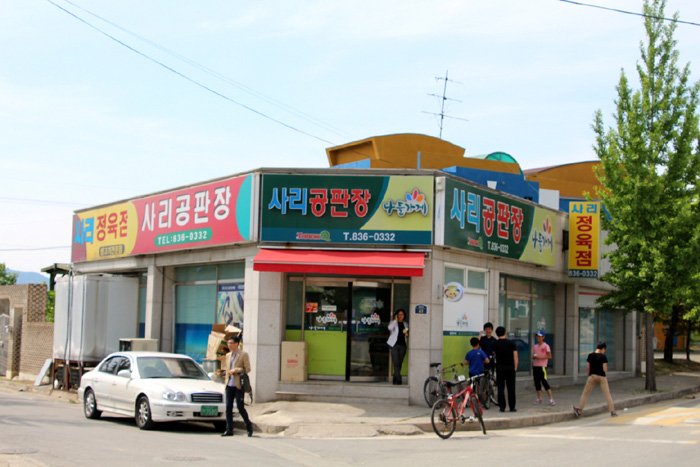
Churches (top) and small stores that sell everything are common features of the smaller villages.
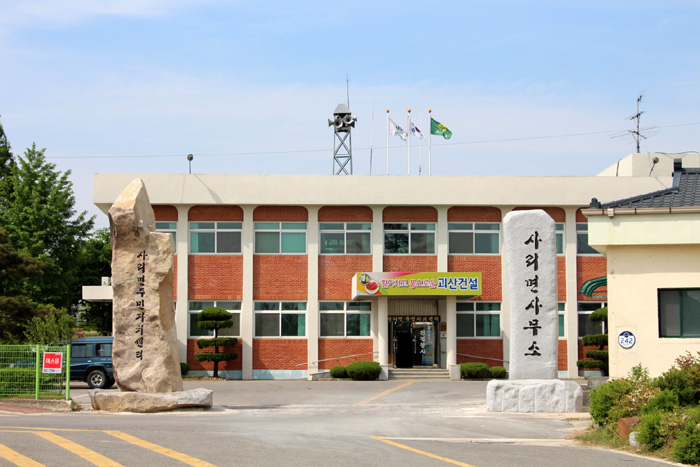
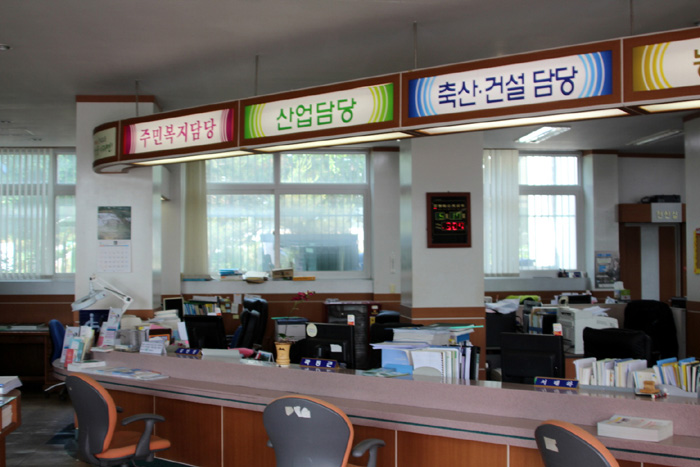
A community center serves a wide range of government services.
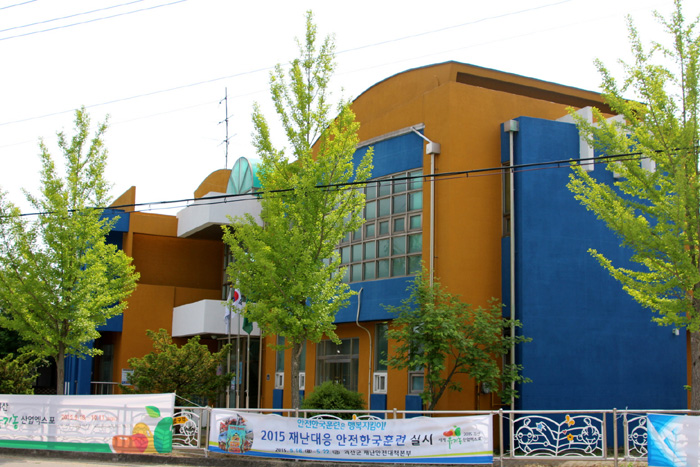
Many of the smaller villages feature a town hall, a table tennis center and a gymnasium.
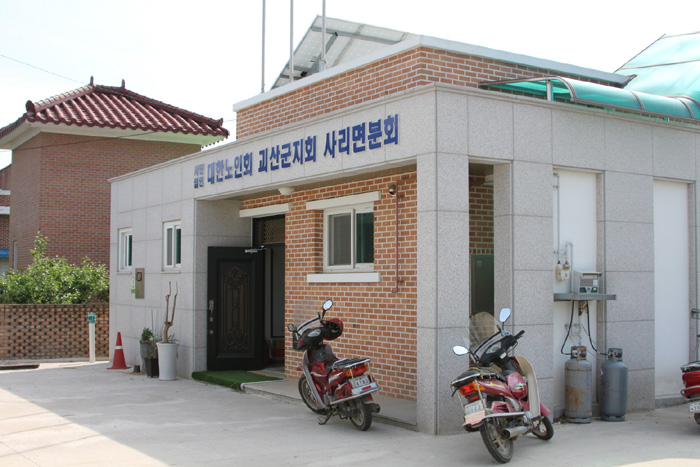
Senior citizen centers serve as venues where neighbors can get together.
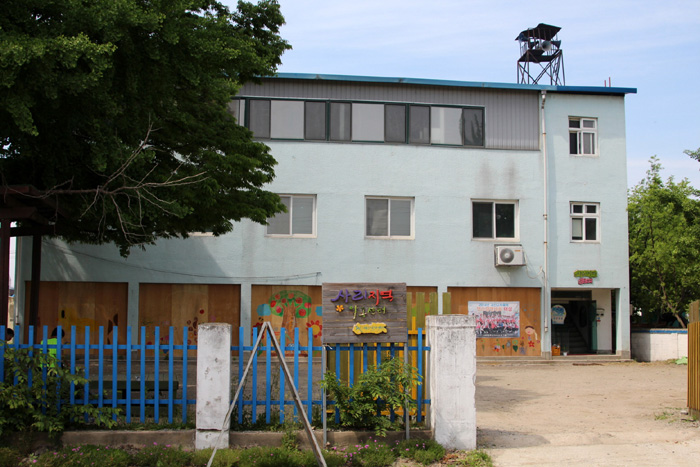
Public day-care facilities exist in many smaller towns.
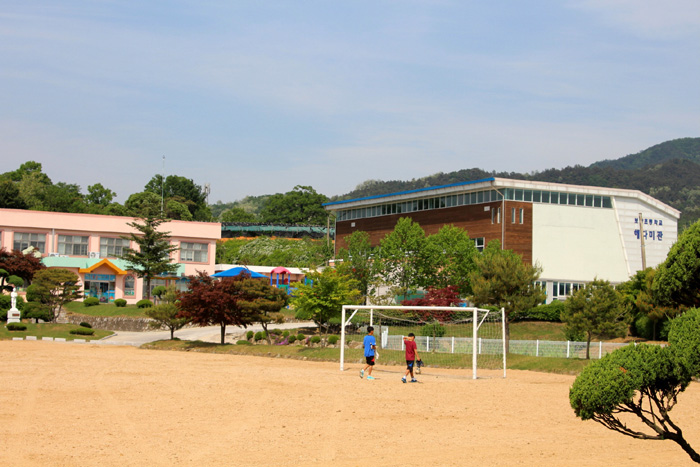
A primary school in a smaller town looks to be in quite good condition. However, there are still worries that the number of students in rural areas is going down due to a low national birthrate.
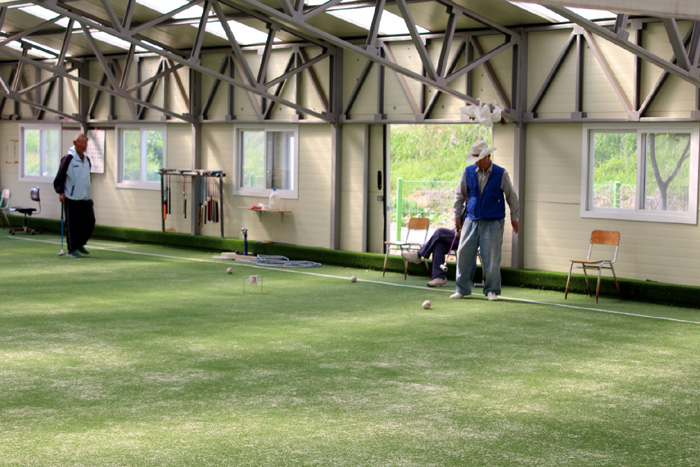
Senior citizens enjoy a game of croquet at a local gymnasium.
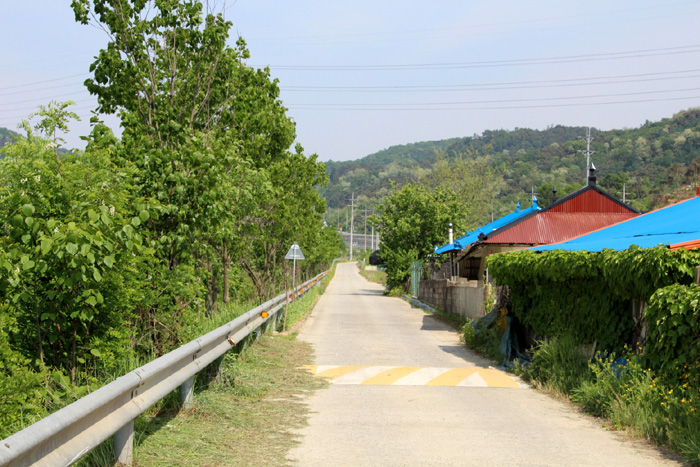
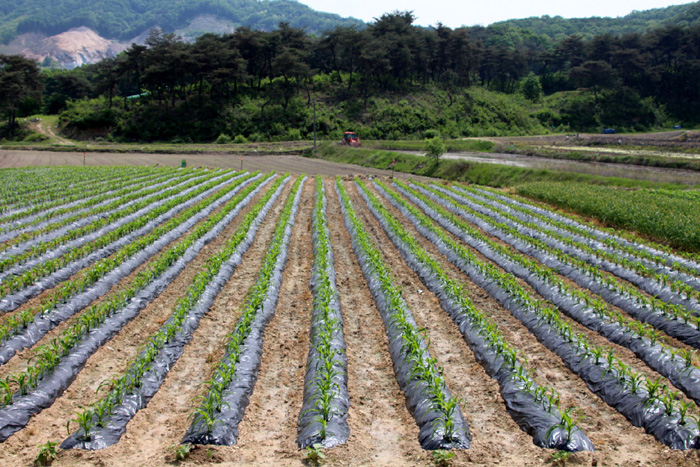
Smaller lanes (top) and cornfields can be seen in many of the smaller towns across the country.
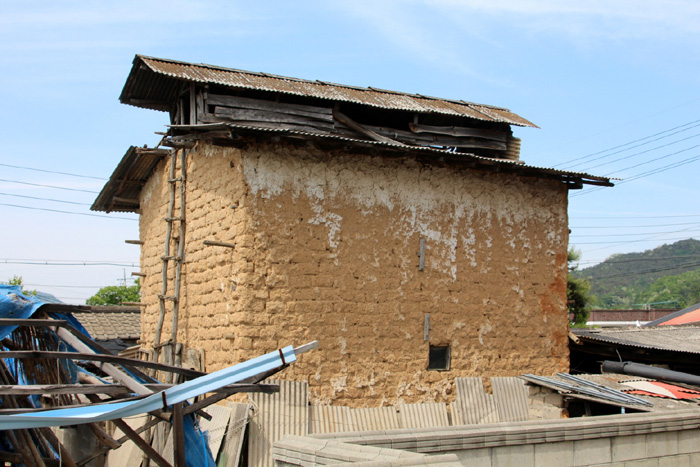
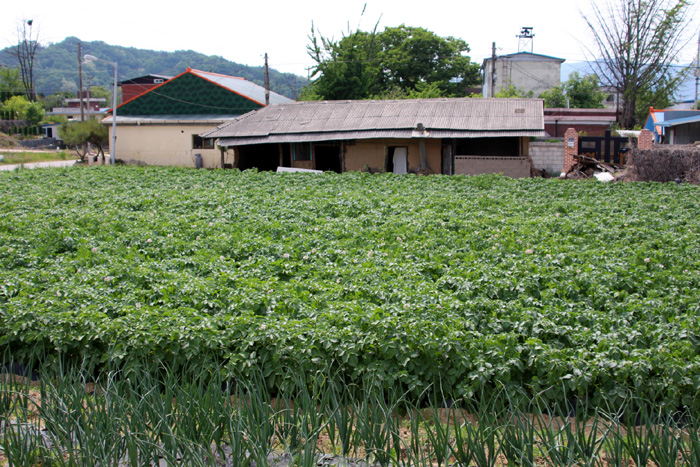
A drying facility for leaf tobacco (top) and a garden with potatoes and scallions are two signs that you are in a rural town.